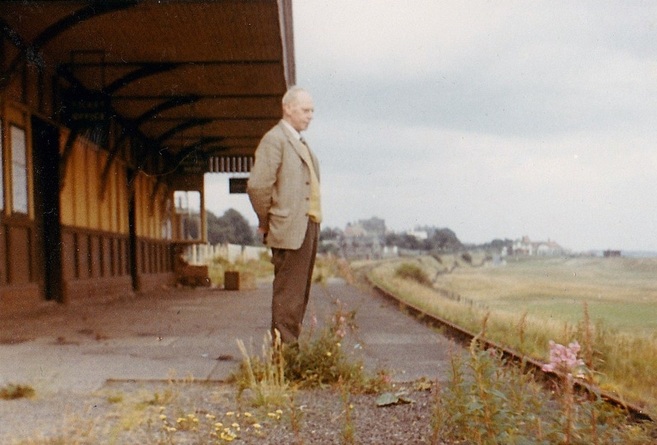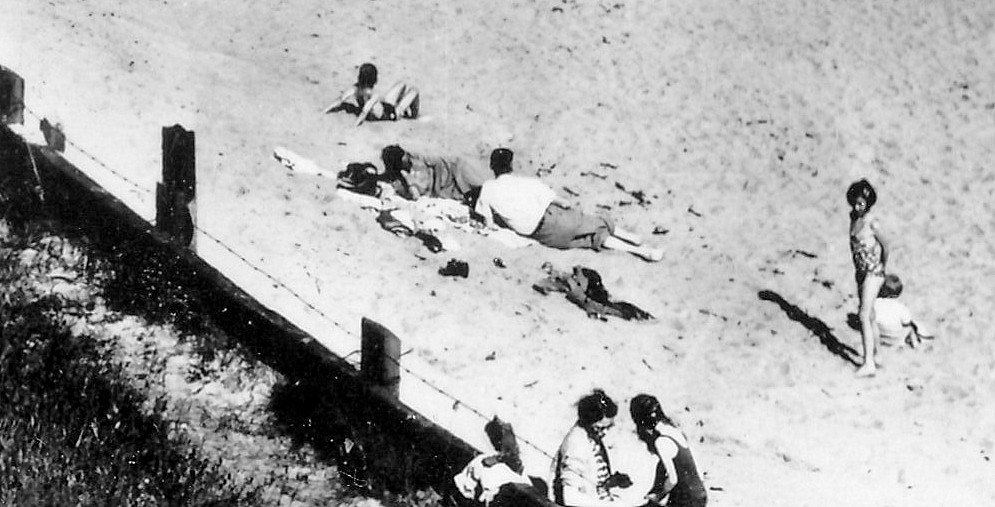
What brought Julia to my attention was her terribly tragic end. However, it was the period of change that she lived through and the contrasting lifestyles across her wider family that was of interest. By the age of 60, she was living alone but "in comfortable circumstances" in Mill Wynd. On Saturday 1st May 1897, a neighbour called upon Miss Hogg and "was horrified to discover her lying dead before the fire and the body terribly burned". The Dundee Courier of 3 May continued "Miss Hogg, who had been a spinner, lived by herself, and had not been seen after Friday afternoon. It is thought she had taken a fit and fallen against the fire".
The incident must have shaken the community at the time and would have been remembered for a long time afterwards. As late as 1974. Mrs Esther Menzies (who chronicled much about life in old Lundin Mill) wrote about Julia's cottage. It was described as "a little west of the Temperance Hall". She noted that..."For a long time it remained empty, but intact. Then the window panes were broken and you could see the old grate filled with ashes and close beside it the bed with its chaff mattress and the old coverings all half burned hanging over the bed to the floor. It seemed a long time until the house was finally demolished."
As Julia Hogg's parents and brother had predeceased her, her death was registered by a cousin - Rob Hogg - who in contrast to his Lundin MIll relatives, lived in the opulent Ann Street in Edinburgh. He was a successful grain merchant, like his father before him. Had her life not been cut short at the age of 60, I wonder what Julia Hogg would have made of the radical changes that her village would undergo in the following years, with many new villas built - some to accommodate Edinburgh businessmen just like her cousin.

























 RSS Feed
RSS Feed
